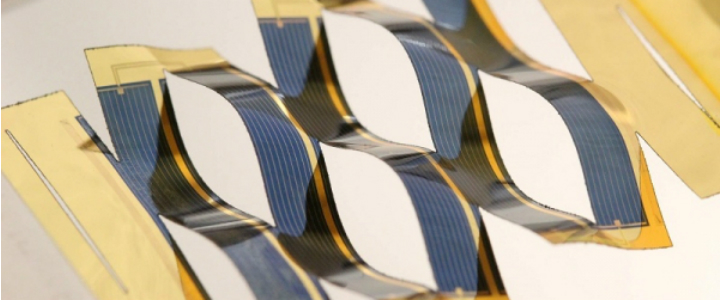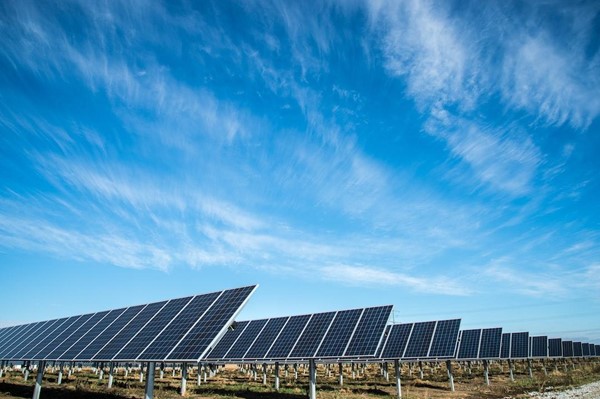Will Solar Panels be Revolutionized by Japanese Paper Cutting?
Photo credit: Aaron Lamoreux
Kirigami art inspires new technique to make solar panels more efficient
Ever since the introduction of solar panels in the 70s, scientists have been wracking their brains to find ways to make them more efficient. Currently, solar panels only convert 20% of the sunlight they absorb into electricity. While that is indeed enough to power a house, it’s easy to see how much potential is still not being harnessed. Moreover, increasing the solar efficiency of photovoltaics can significantly bring down the cost of solar power.
One of the reasons why panels available today can’t capture all that light is that they are static: instead of working like sunflowers and following the sun’s movements, they are pinned to roofs with very little room to move around. Tracking systems exist, but they are expensive and definitely unsuitable to regular houses, because they work by tilting the whole panel.
A cutting-edge idea
A team of researchers from the University of Michigan have come up with a potential solution to the sun-tracking problem. Inspired by the Japanese art of Kirigami – similar to Origami, but with a combination of folding and cutting – they have created a thin-film solar panel that, if pulled from its opposite ends, creates a two-dimensional wavy pattern that shifts to follow the sun. This eliminates the need to tilt the whole panel, and the sheet would only need a small-sized motor to be moved. The individual strips would not be shading each other, and the shape would add up to 40% more energy per year. When unstretched, the panels would look like traditional ones, but the cuts make them stretch like accordions to catch more sunlight. The concept was born from a collaboration between the scientists and an artist, but the final design ended up being the opposite of intricate. The simplest pattern revealed itself to be the most efficient one to prevent shadowing.
The beginnings of a solution?
The technology has great potential, but is still far from being commercialized. The main issue with these panels is that they still need some room to stretch, so they would be twice as big as traditional ones. The panels would be composed of at least three different layers, which is the norm for thin film solar panels, with the stretching parts in the middle. Additional space would be needed to accommodate the motor. The scientists have proven a principle, but now need to run tests on the panels to check if they can withstand extreme temperatures and continuous stretching. The solar cells tested so far are very small – the size of a dollar bill – so the next step would be to move to a larger scale. Nevertheless the researchers behind the idea have not guaranteed that the technology would be best suited for residential use, at least not in the short term. More immediate applications include moving objects such as satellites, which would also benefit from their lighter weight. After a trial run on smaller devices, these solar cells might be headed to rooftop use, making domestic solar panels much more efficient and cheaper.
Read More: Solar Roadways




















